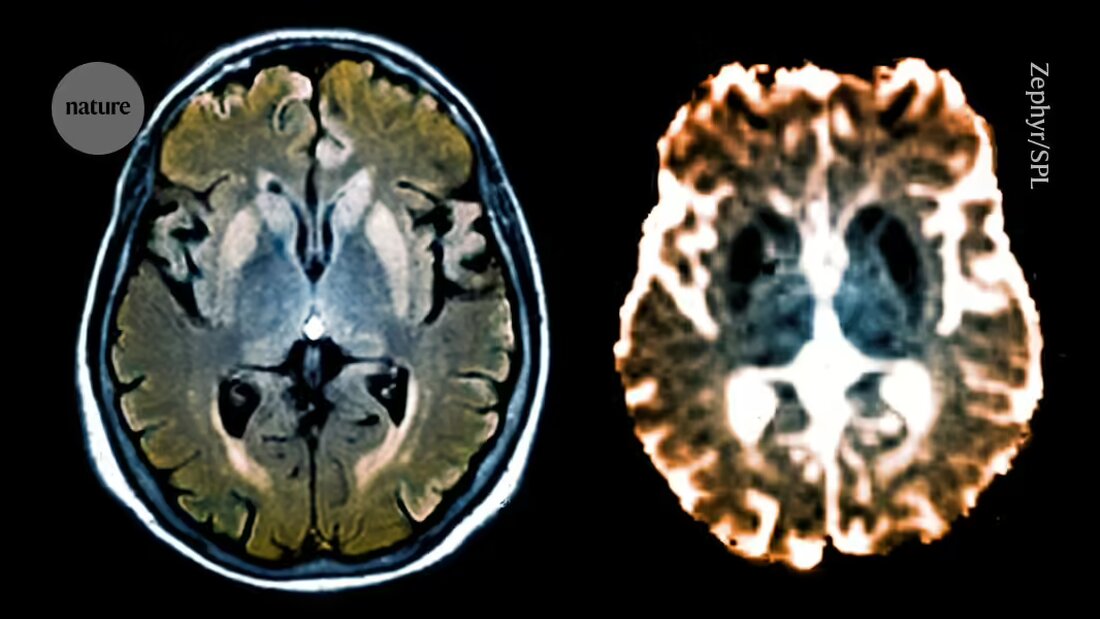Epigenom editor suppresses genes that caused fatal brain diseases
Epigenom editor suppresses genes that caused fatal brain diseases
A molecular processing tool that is small enough to be delivered to the brain stops the production of proteins that cause prion diseases, a rare but fatal group of neurodegenerative disorders.
The system - known as "coupled histontail for the automatic release of methyltransferase (charm)" - changes the 'epigenoma', a collection of chemical day that is bound to the DNA and influence gene activity. In mice, charm brought the gene to silence, which produces the harmful proteins that cause prion diseases in most neurons of the brain without changing the sequence.
Charm is the first step in the development of a safe and effective "single treatment" for reducing the level of the disease -causing proteins, says Madelynn Whittaker, a bio engineer at the University of Pennsylvania in Philadelphia. The results were now published in Science
"The system fixes significant challenges with which former epigenetic processing systems were confronted," says Whittaker, who accompanied an accompanying Perspective article in science . This includes reducing the toxicity of machining tools and the delivery to cells without affecting their effectiveness.
prion diseases are caused by misfolded prion proteins (PRPS) that clump together and destroy neurons. This can lead to states such as fatal family sleepless syndrome - a rare genetic disease that prevents people from sleeping and leads to death. Although prion diseases are incurable, medicines called AntiSense-oligonucleotides (ASOS) have shown some promising results. These short, single-stranded molecules bind to faulty messenger-RNA sequences and increase or reduce protein expression. Previous studies on mice that were infected with misfolded versions of PRP have shown that ASOS reduces the expression of these proteins and extend the lifespan
in 2021, Jonathan Weissman, a biochemist at the Massachusetts Institute of Technology in Cambridge, and his team Crisproff
new editor
To solve this, Weissman and his team develop charm, which Molecules called zinc finger proteins used to guide themselves to target genes. These proteins are small enough to be delivered in an AAV vector.
The researchers modified charm to recruit and activate components of DNA methyltransferases-molecules that are located in cells and attach methyl groups to DNA, which causes the same change change. This reduces the toxic effects associated with the addition of molecules from outside the cell, says Weissman. "The only thing we have changed in the cell was her ability to express the Prion protein," he says.
When the researchers delivered a charm to the brain of healthy mice, they found that PRP expression in the entire brain reduced more than 80%-far above the minimum level that is required for a therapeutic effect. Weissman and his team have also constructed charm in such a way that it turns off after it has ended its gaming work, which prevents it from making copies of itself that could lead to harmful side effects.
The team behind Charm includes Sonia Vallabh and her husband Eric Vallabh Miniikel, prion scientist at the Broad Institute of MIT and HARVARD University in Cambridge. Vallabh inherited the mutation behind the deadly family sleepless syndrome, and twelve years ago Vallabh and MiniCel changed their careers to examine treatments for the disease. Vallabh says charm brings her "enormous confidence". It adds that the drug development is typically slow, but the work shows how quickly new approaches can be developed with the right team. "The extent of what you can achieve in a short time is incredible," says Vallabh. "It was only two years ago and a month ago that we confronted Jonathan for the first time with the idea of working together, and now we are here."
Charm also has the potential to treat other diseases caused by the structure of abnormal proteins, such as Parkinson's and Alzheimer's. "We know that the epigenetic mute does not work for every gene, but for the majority of the genes," he says.
Jacob Goell, a researcher who developed Epigenom processing tools at Rice University in Houston, Texas, is optimistic that Charm will one day land in the clinic. But further comprehensive work is necessary to evaluate how the tool and the changes it create interact with the genetic machine of the cells, especially over longer periods.
The next step is to examine how charm works in an AAV vector that can aim at neurons in the human brain. "This is the next big challenge," he says.
-
Neumann, E. N. et al. science 384 , EADO7082 (2024).
-
raymond, G. J. et al. jci insight 5 , E131175 (2019).
-
nuñez, J.K. et al. cell 184 , 2503–2519 (2021).
"" "


Kommentare (0)